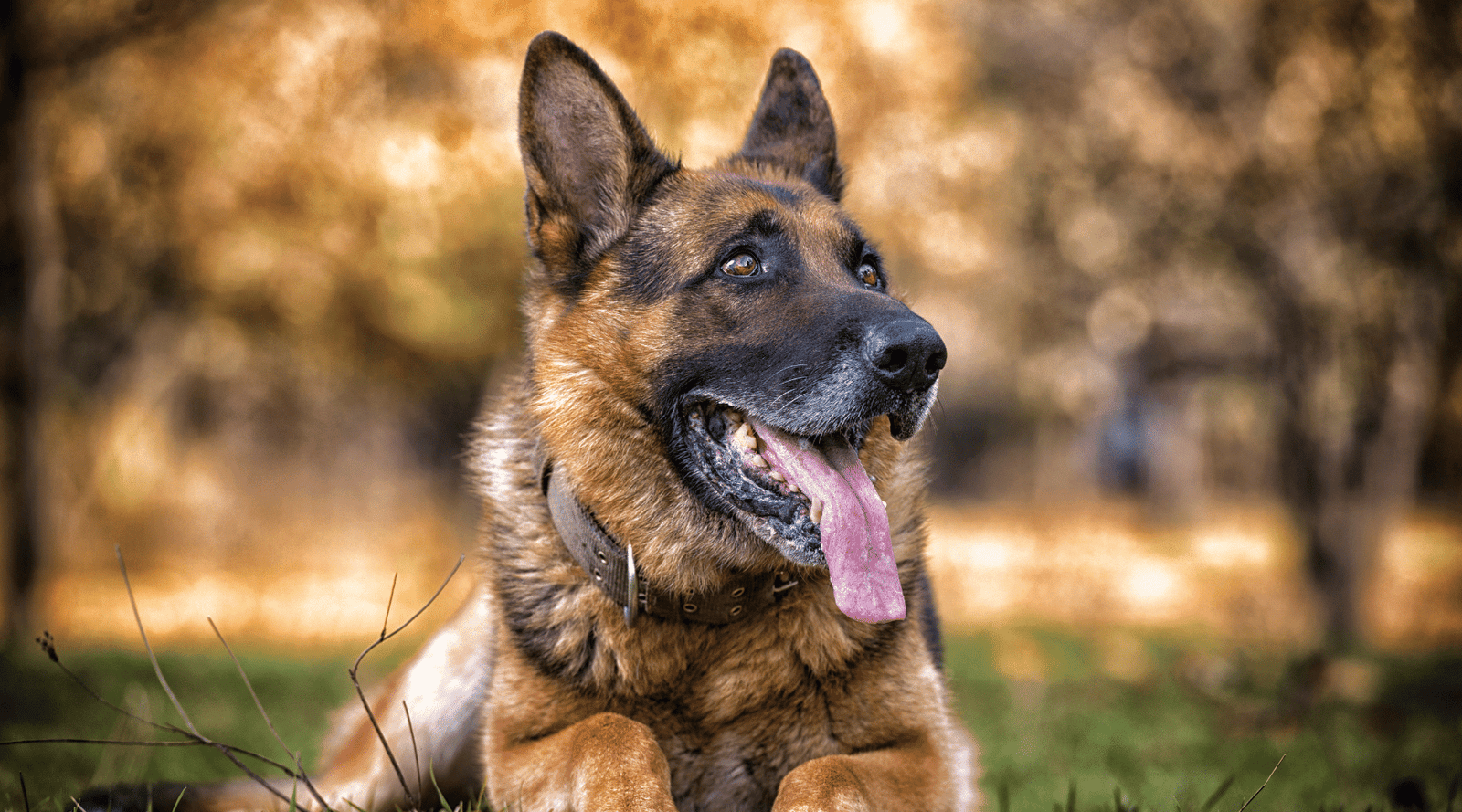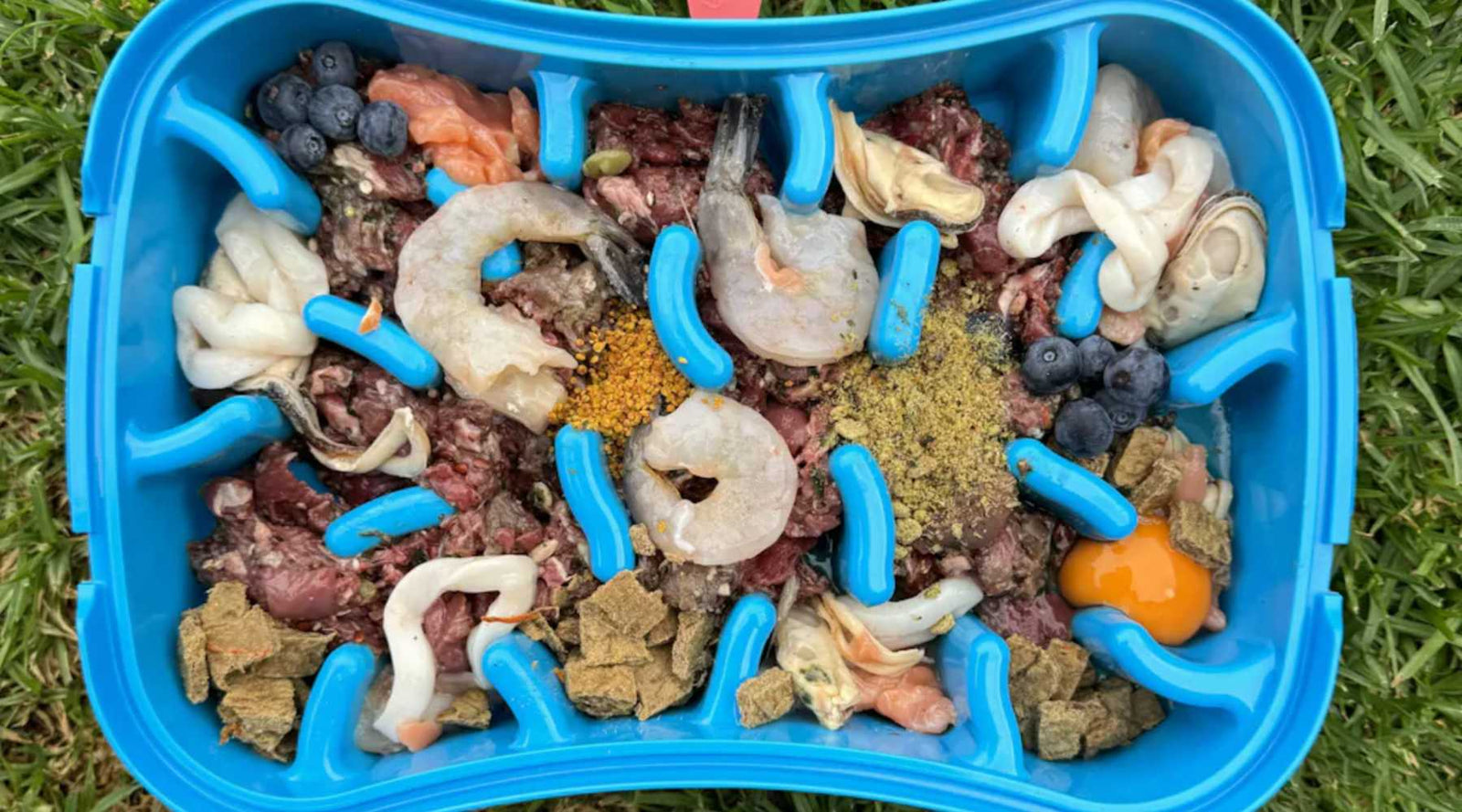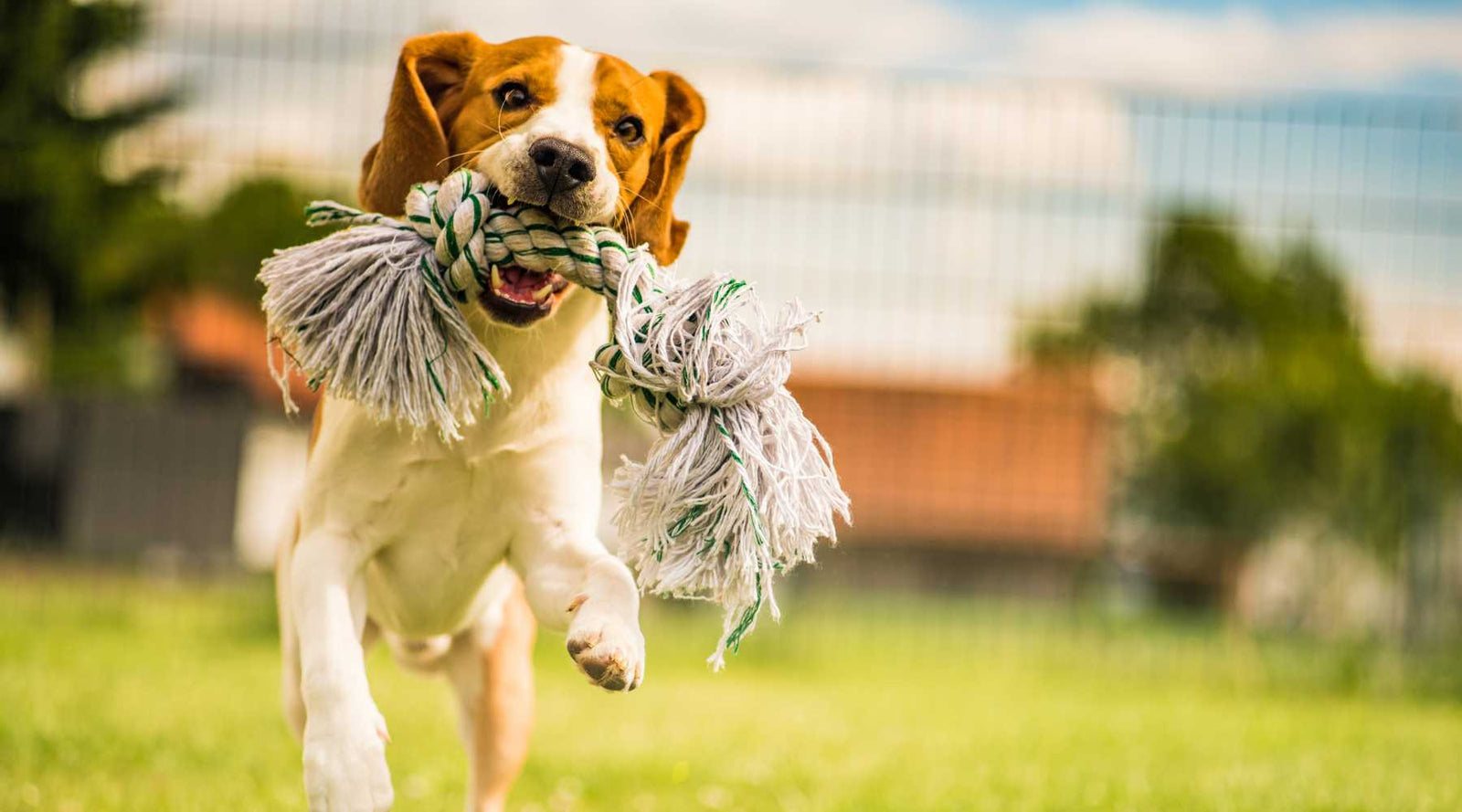Gastric dilatation volvulus (GDV), the most severe medical condition that dogs can suffer from, is an emergency requiring immediate veterinary attention. Every second counts, so all pet owners should be aware of the symptoms of GDV in their pets.
A dog owner should be aware of the dangers and risk factors of stomach bloat. It can mean the difference between life and death for your dog. If you know the early signs of bloating, you'll know what to look for, how to prevent it and what steps to take in the likelihood of bloat.
Put simply, without emergency veterinary care, a dog with GDV will die within hours. In the event of bloat, your pet's chances of survival can dramatically improve if you act quickly.
Gastric dilatation is a fancy medical term for simple bloating. Medically, gastric dilatation-volvulus or GDV refers to severe bloating with a twisted stomach.
Dogs that are at a high risk of bloat

It is possible for any dog (or cat) to bloat, but larger giant breed dogs with deep chests (not narrow chests) are far more likely to do so. Great Danes are by far the most likely giant breed to develop bloat. Other breeds considered high-risk are Greyhounds, St. Bernards, Weimaraners, German Shepherds, Boxers, and setters.
Large dogs (over 90 pounds) are at risk, increasing with age. It is interesting to note that the Bassett Hound, despite being smaller, is also more prone to bloating than expected.
Causes of bloat in dogs
Even though nobody knows exactly what causes bloat or why it happens to some dogs but not others, certain things have been associated with an increased risk, including:
- There may be a genetic predisposition to bloat in a particular breed line
- Dogs who eat too fast (ingest excess air with the meal)
- Using elevated feeding bowls (allows excess air to be consumed with meals)
- Feeding dry food with a high fat/oil content
- Multiple smaller meals versus one large meal
- Exercising on a full stomach
- A large amount of water consumed at once
What happens when dogs bloat?

When excess gas accumulates in the stomach, the distension quickly kinks both the entry and exit points, making it impossible for the dog to discharge the gas normally through burping or passing gas through the intestines.
A further consequence of the gas pressure is that the blood flows into the stomach wall and is compromised, which causes immediate tissue damage cutting off the blood supply to the stomach. When your dog's stomach fills up with gas, it puts pressure on the great vessels that carry blood back to the heart (under his backbone), compromising the cardiac output and general circulation, resulting in shock.
The stomach twists when the gas-filled, more significant part of the stomach (the stomach's "body") starts floating upward and flipping over. Consequently, all of the above issues are compounded and accelerate the progression of this fatal medical condition. When dogs with GDV do not receive immediate surgical treatment, they die of cardiovascular shock and septic peritonitis due to devitalisation or rupture of the stomach.
Symptoms of bloat in dogs

Dogs with bloat usually appear uncomfortable, if not distressed. The symptoms appear suddenly. There is a feeling of restlessness, and they may pace. Drooling and panting are common symptoms. Sometimes, but not always, their bellies appear distended, and they can react painfully to pressure on their left flank. Dogs at bloat risk often display frequent, unproductive retching, as if they were trying to vomit but couldn't.
What to do
Whenever a suspicion arises, get to a veterinary hospital right away. There is no time to waste! Getting treatment early may prevent your dog from twisting his stomach, preventing the snowballing, life-threatening process described above.
It is essential to recognise that bloat is a veterinary emergency that requires surgical intervention and that minutes can make all the difference to your pet's survival.
Prophylactic Gastropexy

Whether this surgery should be performed or not is the question. The decision may just come down to what feels suitable for you and your dog.
Is there any reason why you wouldn't do it? It's pretty major surgery for your dog to undergo when you don't even know if he'll ever bloat. Surgical procedures carry risks (and high costs). Your dog can still bloat even if he has been 'pexied'. It only means the stomach isn't able to flip. Therefore, if you experience simple bloats, you may still have to make some expensive emergency visits.
Why would you want to do that? Maybe you have owned Great Danes your entire life and lost some to bloat. Do everything you can to avoid experiencing that traumatic, heartbreaking experience again. If you have an at-risk breed with a history of bloat, you might want to consider this. It is possible to perform preventative gastropexy on these breeds without a history of the disease.
If you choose to have a prophylactic gastropexy performed on your dog, I encourage you to choose a facility that offers this as a laparoscopic procedure. Compared to traditional surgery, where the abdomen is opened with a large incision, laparoscopic surgery has much smaller incisions, less discomfort, and a shorter recovery time.
Treatment for bloat
Antibiotics will be given to your dog, as well as pain medication, as well as intravenous fluids to combat shock. To determine whether the stomach has twisted, abdominal x-rays will be taken. The importance of decompressing the stomach as soon as possible cannot be overstated for this life-threatening condition. A tube is passed down the esophagus into the stomach to release the gas, or a needle is passed through the dog's side to release it.
Surgery is performed after decompression of the stomach and stabilisation of the dog's cardiovascular system. During surgery, the stomach may be repositioned and sutured (gastropexy) to prevent the reoccurrence of GDV. Gastropexy emergency treatment is recommended even if the stomach did not twist this time since recurrence of bloat with twisting is common. The stomach tissue that has been identified as necrotic or devitalised is removed. If the spleen has been damaged, it may have to be removed or partially removed when the stomach rotates.
After emergency surgery, there is intensive postoperative veterinary care. Post-operative complications are common, so your dog may not be out of the woods for 24 to 72 hours after surgery.
The dog may spend as little as one day in the hospital or seven. The amount of time spent in the hospital will depend on the dog's health history and the severity of the bloat.
Several potentially fatal cardiac ventricular arrhythmias can happen after a massive physiologic insult like this. They include infection, sepsis, DIC (disseminated intravascular coagulation - a life-threatening diffuse clotting problem) and DIC.
How Can Canine Bloat Be Prevented?
Bloat is one of the most common health problems that pets face today. Despite not usually cause serious illness, it can be fatal if left untreated. Every year, nearly half of all dog deaths are caused by bloat.
You can prevent bloat by doing several things. Here are some tips for keeping your pup healthy and happy.
Prevention of bloat

There's no doubt this situation you'd prefer to avoid if possible. You can prevent bloat by doing the following simple things:
- You should ensure your potential puppy's line does not have a history of bloat.
- Elevated food bowls should be avoided. Bloat was once thought to be prevented by these, but studies have shown they exacerbated the problem.
- It has been shown that adding canned or raw food to dry kibble meals reduces the risk of bloat.
- Make your meals smaller by feeding at least twice a day.
- There is no associated exercise with meals. After exercising, wait until your breathing is normal and relaxed before feeding. After a meal, promote rest for several hours.
- For dogs at higher risk, consider a prophylactic gastropexy
The most important thing is to be aware of the signs of bloat and be ready to respond as soon as possible, even if prevention is impossible.
A GDV is a dire medical emergency, so you must act as quickly as possible.
Changing the way dogs eat for good
We are introducing the Ultimate, Versatile 4-in-1 Slow Feeder Dog Bowl! We're excited this new slow feeder dog bowl combines modern design with innovative functionality. It's more than just a slow feeder. A slow feeder bowl that naturally slows your dog down at chow time, as well as a reversible lick mat so your pet can enjoy a variety of delicious foods like purees, stews, or wet food. An excellent bowl for easy delicious food prep and storage doubles as a dog-friendly travel bowl for your canine adventures.
Your dog will have a happier, healthier mealtime experience giving you peace of mind.
Visit https://superfeedy.com



